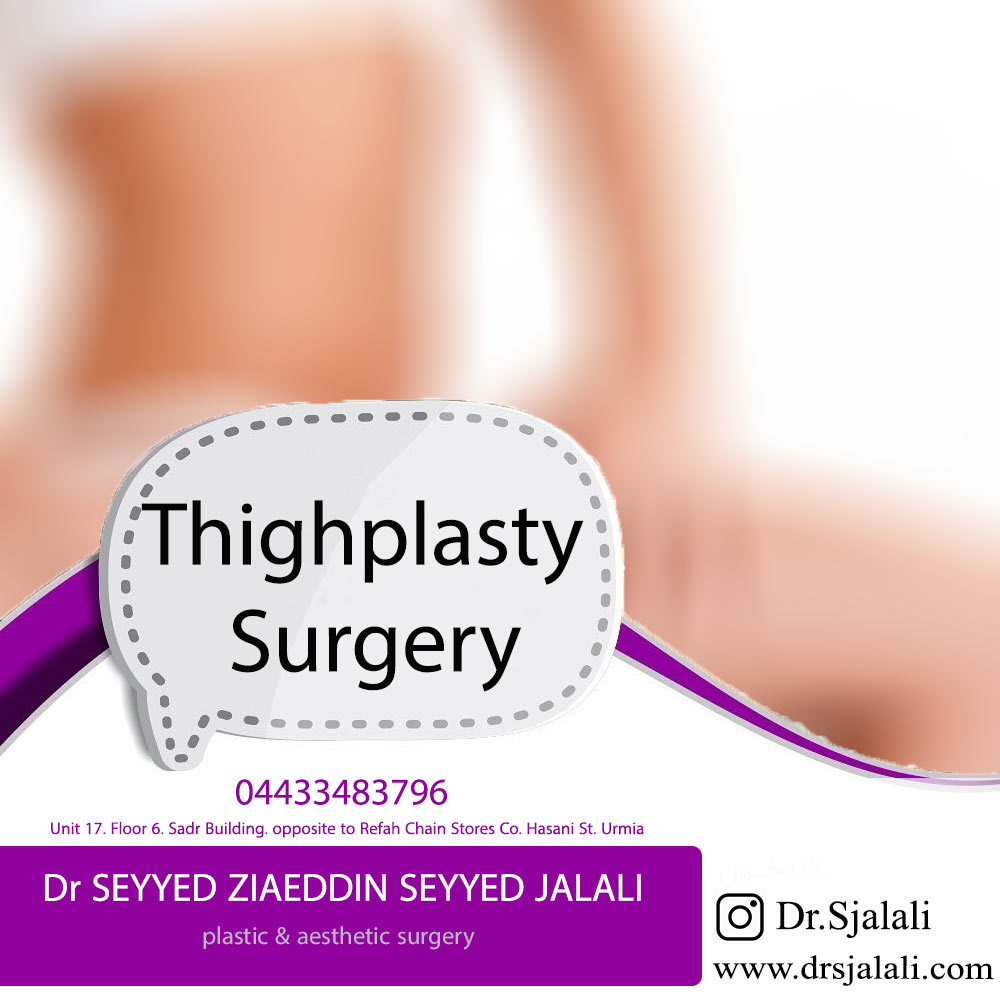Thighplasty
A thighplasty, also known as a thigh lift, is a cosmetic surgical procedure to tighten and improve the appearance of your thighs due to excess skin on your thighs that can be a result of aging, pregnancy, or a significant weight loss. Your thighs may look dimpled with sagging skin or have a flabby appearance. The goal of a thigh lift is to lift and contour your thighs so that they look slim and in proportion with the rest of your body. A combination of a thighplasty and liposuction techniques may be performed to give the thighs a smoother, more toned appearance.
People considering thigh lift surgery should know that it is not a surgical means of losing weight. It is a procedure for those who are close to their ideal weight but unhappy with the appearance of their thighs.
Types of Thigh Lifts
There are three types of thighplasty
An inner thigh lift targets the skin in the lower portion of the inner thigh
A medial thigh lift targets the skin and fat on the upper part of the inner thigh
A bilateral thigh lift focuses on the skin on the front and outside of the thigh
Inner and medial thighplasty procedures are usually performed on an outpatient basis. A bilateral thigh lift may require an overnight stay in the hospital.
The Procedure
Thighplasty is usually performed as an outpatient procedure with general anesthesia or an epidural. Depending on the type of thigh lift and the area being treated, the incision pattern will vary. The most common thigh lift technique begins with an incision in the groin area. In all cases, skin and/or fat is removed; the underlying tissue is reshaped and tightened and the remaining skin is lifted and smoothed, and sutured into place at the incision site. Surgery typically takes 2 to 3 hours.
Recovery
Post-operatively, there will be bruising, swelling and soreness in the area. You will need to wear compression garments to minimize the swelling and promote healing. You may have drains in place to collect excess fluid and reduce the risk of infection. You will need to record the amount of fluid collected in a logbook. When the level of fluid removed meets your surgeon’s expectations, the drains will be removed.
The surgical sutures will be removed within two weeks. Pain medication and anti-inflammatory medications are typically prescribed during the post-operative period. You will not be able to use a bathtub, swim, or use a hot tub until you receive clearance from your surgeon. You may shower 48 hours after the procedure. You will most likely be able to return to work within 7 to 10 days and resume physical activity after 4 to 6 weeks. While there are scars, they are mostly hidden in your body’s natural creases, and they will fade over time.
Dr.S.Zia S Jalali
Plastic & Aesthetic Surgeon
Face Lift. Rhinoplasty . Blepharoplasty . Mamoplasty . Abdominoplasty
Fat Injection . Recunstructive Surgery



